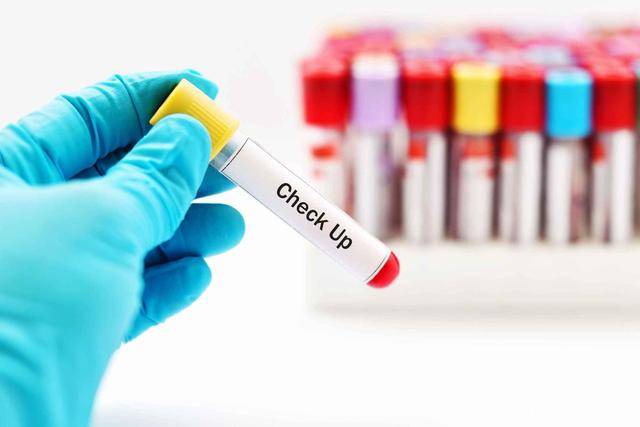Elevated blood lipids can directly lead to diseases that harm health, such as atherosclerosis, coronary heart disease, acute pancreatitis, and more.
In addition to genetics, high blood lipids are closely related to the food that enters our bodies.
Therefore, high blood lipids are closely intertwined with our daily diet, and there are several foods that are the root causes of high blood lipids, which should be avoided early on.
The root causes of high blood lipids have been identified! The top-ranked food consumed daily that most people ignore
1. Steamed buns and noodles
Steamed buns and noodles, common staple foods, may raise the question of how they have become the root causes of high blood lipids?
In fact, both steamed buns and noodles are made from wheat flour, containing a large amount of starch. Excessive consumption will convert into carbohydrates in the body, leading to elevated blood sugar levels. If excessive sugar is not metabolized in time, it will accumulate in the body. The accumulated sugars will break down into triglycerides over time, so consuming excessive amounts of these staple foods can elevate blood lipids, which is detrimental to health.
Therefore, the consumption of steamed buns, noodles, and similar staples needs to be controlled. Additionally, the diet should not be overly reliant on a single staple food. Although noodles are easily digestible and absorbable and can protect the stomach, they should not be overconsumed either.
Therefore, those with high blood lipids should not foolishly believe that only indulging in lavish meat and fish leads to elevated blood lipids.
Many people in daily life find it hard to give up sweet treats like cakes and ice cream. Consuming these excessively can lead to obesity, ultimately causing high blood lipids and other health issues.
2. Fried foods
Fried foods contain a significant amount of fats. Excessive intake will store fats in blood vessels. For individuals lacking regular exercise, the excess fat cannot be broken down, leading to elevated triglycerides and consequently high blood lipids. Harmful substances will also accumulate on the blood vessel walls, causing blockages that affect health.
Hence, excessive intake of fried foods is also a root cause of elevated blood lipids.
3. Alcohol consumption
It is well-known that alcohol consumption harms the liver. Excessive drinking damages liver cells and can trigger liver diseases.
Moreover, excessive alcohol consumption increases blood density, adding burden to blood vessels. Furthermore, excessive alcohol activates the lipase in fats, releasing fats into the bloodstream, raising blood density. This elevation of blood lipids is detrimental to health, so quitting alcohol is recommended.
4. Animal organs
While consuming animal organs provides necessary nutrients, individuals with high blood lipids should exercise restraint. Excessive consumption of animal organs disrupts protein metabolism in the body, leading to elevated blood lipids. Thus, individuals with high blood lipids should refrain from consuming animal organs to avoid excessively high blood density that may cause clotting and other issues.
5. High-salt foods
Excessive salt intake not only burdens the kidneys but also reduces blood vessel elasticity and flexibility, causing abnormal vessel constriction. This exacerbates blood vessel burden, leads to high blood pressure, and elevates triglycerides. Therefore, individuals who enjoy such foods should pay close attention.
Individuals with high blood lipids can consume the following two items daily to stabilize blood lipids and maintain young blood vessels.
1. Soybeans
Soybeans have cholesterol-lowering effects due to their rich content of unsaturated fatty acids, vitamin E, and saponins. Saponins help reduce blood lipids internally, alleviate blood vessel burden, and aid in maintaining blood lipid levels.
2. Hawthorn
Hawthorn promotes blood circulation, helps clear cholesterol from the blood quickly, lowers blood density, prevents vessel blockages, and safeguards vessel health.
Individuals with high blood lipids should engage in regular physical activity to lower blood lipid levels.


